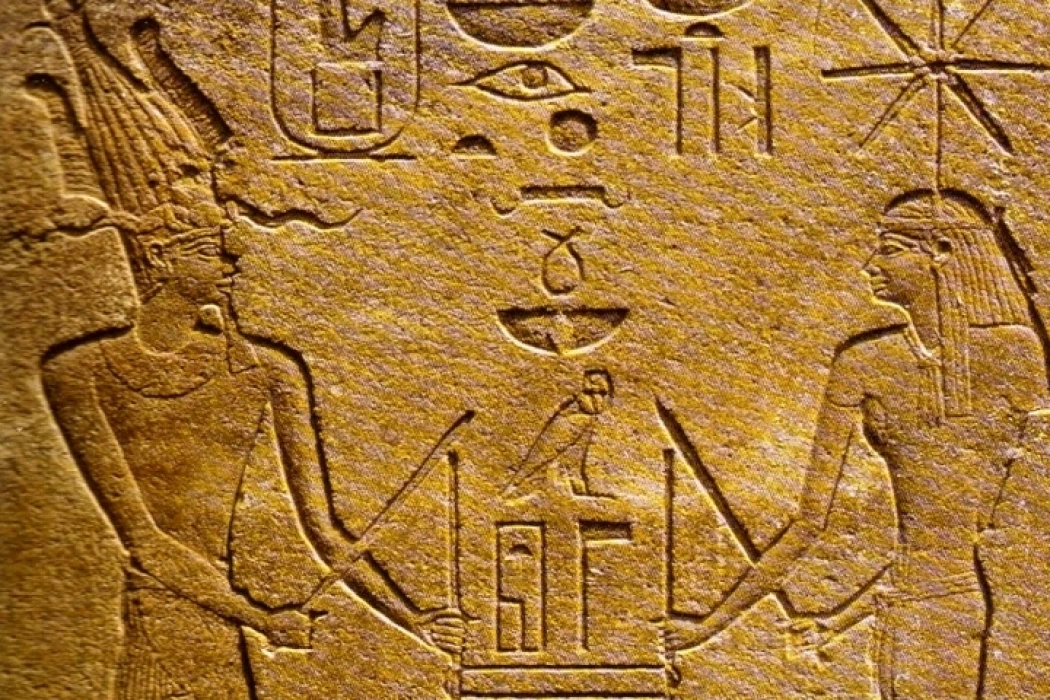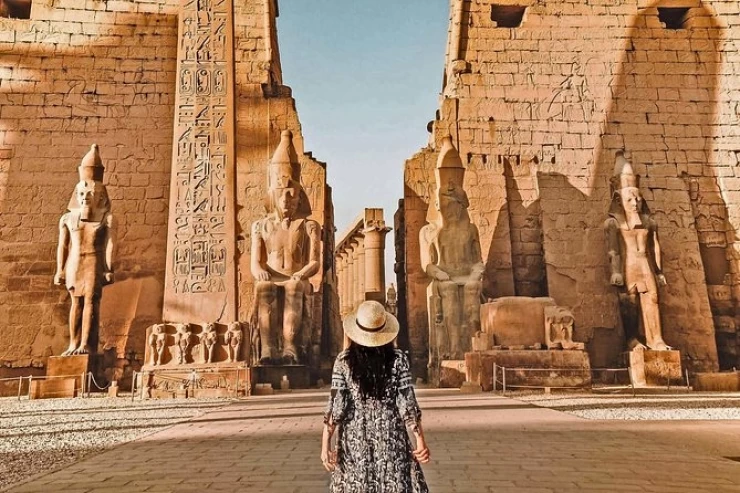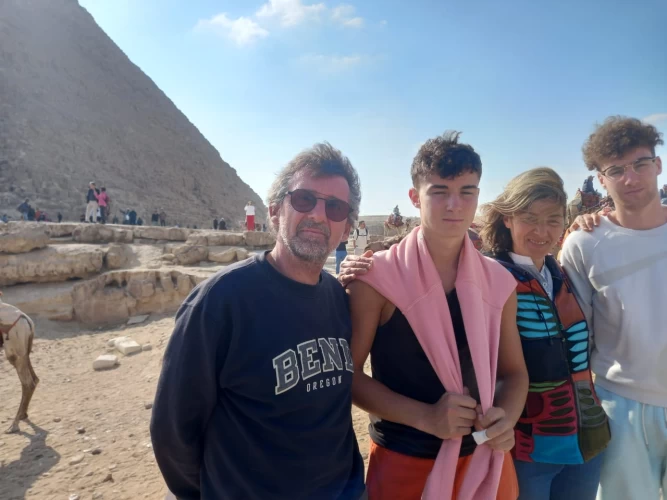
Goddess Seshat | Goddess of Writing
Seshat, in ancient Egyptian faith, was the immortal of writing and activity and therefore the ruler of books. She was the consort of the god Djhuty (Thoth), and each was a divine scribe (Sesb). She was pictured as a feminine carrying a scarf with horns and a star together with her name written thereon.

God Thoth | God of Wisdom in Ancient Egypt
Representations of her generally show her dress to be an understandable sheath lined by an extended panther skin, with the tail reaching her feet. She was typically delineating with the notched palm rib that painted the passing of your time.
Seshat was believed to be an associate degree skilled in the art of observing celebrities and planets. She was recorded as having assisted the swayer within the ritual of “stretching the cord” related to astronomical and pseudoscience measurements for the situation of temples. Seshat was the keeper of ground plans and charts within the ritual. Seshat was conjointly pictured recording the pharaoh’s jubilees, like within the Sed pageant, kine counts, and therefore the pharaoh’s campaigns as early because of the ordinal family. Reliefs found in temples of the Old Kingdom (c. 2575–c. 2130 BCE) and Middle Kingdom (c. 1938–c. 1630 BCE) depict her because the recorded of quantities of foreign captives and plunder in the aftermath of military campaigns.
Seshat was known by the epithet “Mistress of the House of Books” because she looked after the library of the gods and was the patron of all earthly libraries. She was also a patron of all forms of writing, including accounting, auditing, and the taking of the census. According to one myth, it was actually Seshat who invented writing, but it was her husband Thoth who taught the people to write.
It is interesting to note that she is the only female character who was actually depicted in the act of writing. A number of other women were depicted holding the scribe’s palette and brush, indicating that they could write, but were not actually engaged in writing.
She was pictured as a cow, lying on a reed mat, as a girl with the top of a cow, or as an attractive lady. typically, she was portrayed sporting the sun disk article of clothing between her horns. She generally is shown sporting a Manet. (The Menat, a piece of jewelry with a special counterweight, isn't truly jewelry - it's an instrument sacred to Hathor.)
Representations of her generally show her dress to be an understandable sheath lined by an extended panther skin, with the tail reaching her feet. She was typically delineating with the notched palm rib that painted the passing of time.
Seshat was believed to be an associate skilled in the art of observing celebrities and planets. She was recorded as having assisted the swayer within the ritual of “stretching the cord” related to astronomical and pseudoscience measurements for the situation of temples. Seshat was the keeper of ground plans and charts within the ritual.
Seshat was conjointly pictured recording the pharaoh’s jubilees, like within the Sed pageant, kine counts, and therefore the pharaoh’s campaigns as early because of the ordinal family. Reliefs found in temples of the Old Kingdom (c. 2575–c. 2130 BCE) and Middle Kingdom (c. 1938–c. 1630 BCE) depict her because the recorded of quantities of foreign captives and plunder in the aftermath of military campaigns.
Seshat was known by the epithet “Mistress of the House of Books” because she looked after the library of the gods and was the patron of all earthly libraries. She was also a patron of all forms of writing, including accounting, auditing, and the taking of the census. According to one myth, it was actually Seshat who invented writing, but it was her husband Thoth who taught the people to write.
It is interesting to note that she is the only female character who was actually depicted in the act of writing. A number of other women were depicted holding the scribe’s palette and brush, indicating that they could write, but were not actually engaged in writing.
How was Seshat depicted in reliefs?
In reliefs, she was portrayed as a woman with a seven-armed symbol raised above her head. In 1479–1425 BC, she was referred to as Sefket Aboi, which translates to "seven-pointed." According to the tenth Coffin Text, "Seshat opens the gates of heaven for you."
How was she depicted in reliefs?
Typically, she was shown with a stylus in hand, making cuts on a palm branch to indicate the passing of time, particularly to document and chart a pharaoh's life. She was also depicted with other tools, usually with knotted ropes stretched out to mark the area of land and buildings.
The Cult of Seshat
The cult of Seshat is unique in that, rather than having temples dedicated to her alone, she was the host of the greatest sanctuaries. Sanctuaries in whose construction she participated by definition, since when Seshat wasn't writing and recording the history of the country, she was building. Thus, it was in the environment of the King or Pharaoh that the Goddess was most sought after, if not truly celebrated. In fact, according to Egyptian beliefs, especially those of the king, Seshat actually interfered with a number of royal acts, such as foundations and jubilees. There were few temples and few festivals dedicated to this deity. This discretion of the Goddess is confirmed by the rarity of places of worship dedicated to her. It seems that she did have a clergy, however, who originated from the Delta and more specifically from Sais. Memphis and Hermopolis, the city of the god Thoth, where Seshat was frequently worshipped, also bear witness to his veneration.
















